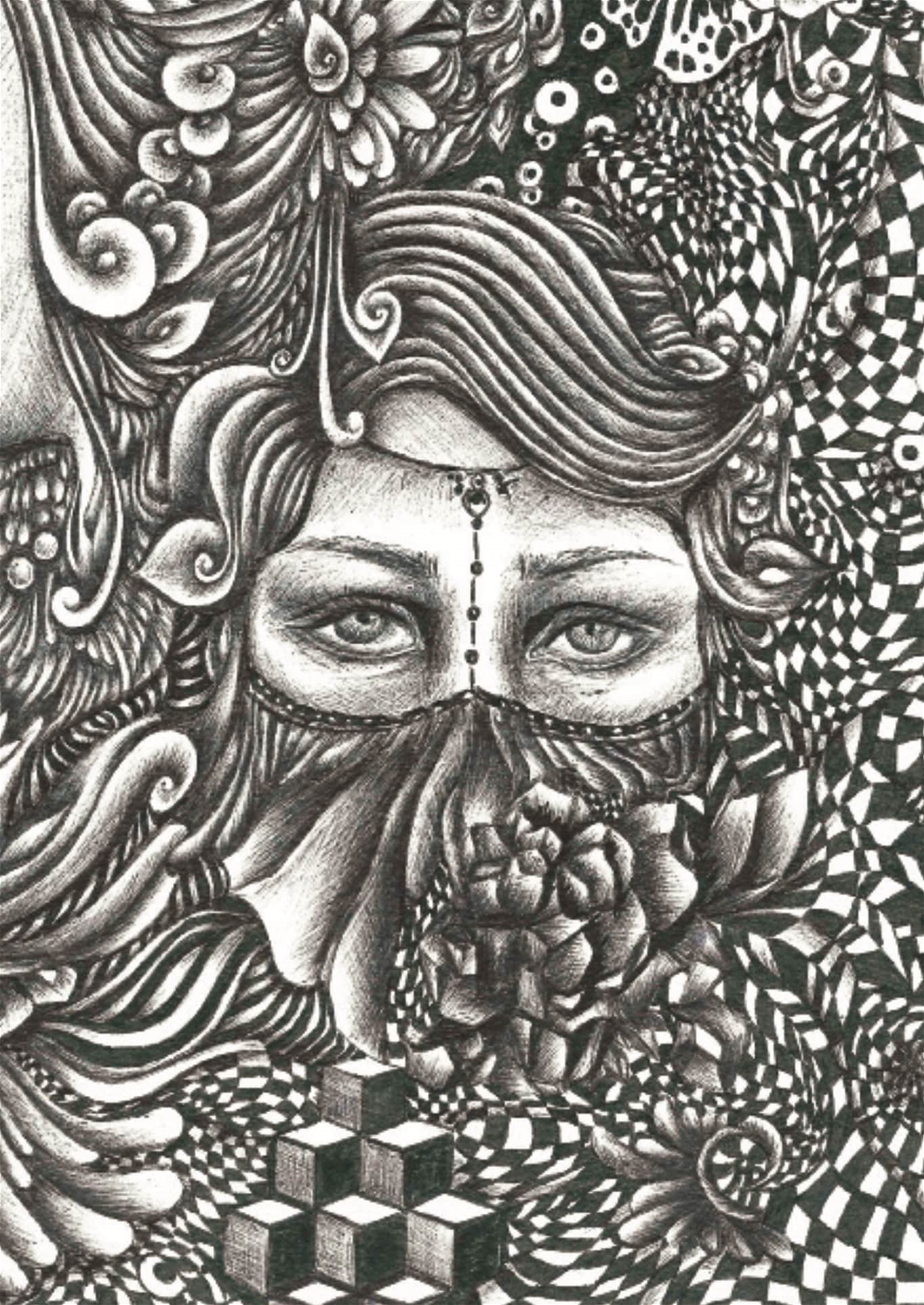The UNHCR has described the Syrian refugee crisis as one of the biggest crisis of displacement since World War II. As border protection measures are beefed up, migration has become more complicated and fraught with many dangers, on the borders and inside host countries.
It’s nothing new to say that violence against women is deeply entrenched in most societal structures. But if we add all these factors to the violence resulting from displacement, we find that female refugees, and especially Syrians, face a particular difficulty that results from the socio-economic conditions imposed by living as a refugee.
Refugee camps are far from cities and have few job opportunities; camps turn into prisons because of the latest complications imposed by the state, and especially General Security, on male and female refugees. This includes complicating their entrance to Lebanon, completing their official paperwork or residency procedures, etc., thus limiting their ability to move around. In addition, there are curfews that have been imposed by some municipalities, inside and outside Beirut, which turned the life of refugees into a prison inside a prison. Many female refugees (depending on their social class) are unable to leave Lebanon to return to their country because of the war, or travel to another country, for financial reasons or the difficulty of obtaining entry visas.
For all of these reasons, female refugees live in an environment in which they are subjected to violence, while the institutional regulations set down to «organize the refugee situation» have placed them in fragile situation, where the possibility of them being exploited at work, or even on the street, is rising. Many female refugees are subjected to harassment and they can’t hold an accountability process against those who exploit or harass them; even policemen subject them to mental, verbal and even physical abuse in a lot of cases.
These factors complicate the entry of female refugees into the workforce, as they search for a way to make a living; they rely on the services of local and international NGOs, which can no longer cover their needs because the magnitude of the crisis has grown. Moreover, Lebanon’s Labor Ministry a while ago specified the professions that Syrian refugees can practice; there is a particularly class-based aspect to this, as these professions are ones in which the pay barely meets the minimum wage. This allows employers to exploit male and female refugees financially, and even sexually sometimes.
But this cycle of violence isn’t restricted to the public sphere, as it extends to the private sphere as well. A number of NGOs have recorded a rise in domestic violence. Despite the attempts of many associations to secure safe places for women where they can talk about violence and receive assistance, some female refugees complain that some of these associations conduct many dialogue sessions to study the needs of female refugees. But when time comes to carry out projects or distribute aid, these associations pay no attention to the refugee’s needs, but rather suffice by applying agendas that are disconnected from the needs the refugees voiced out and work within methods that are pre-determined.
Here, the questions are: How can we provide safer environments for refugees, and especially female refugees? How can the state, the host population and the various associations alleviate the oppressive structures they find themselves under?
There are many questions, but the situation doesn’t change; after all these years of crisis and constant war migration flux, there is still no safe place for female Syrian refugees.
